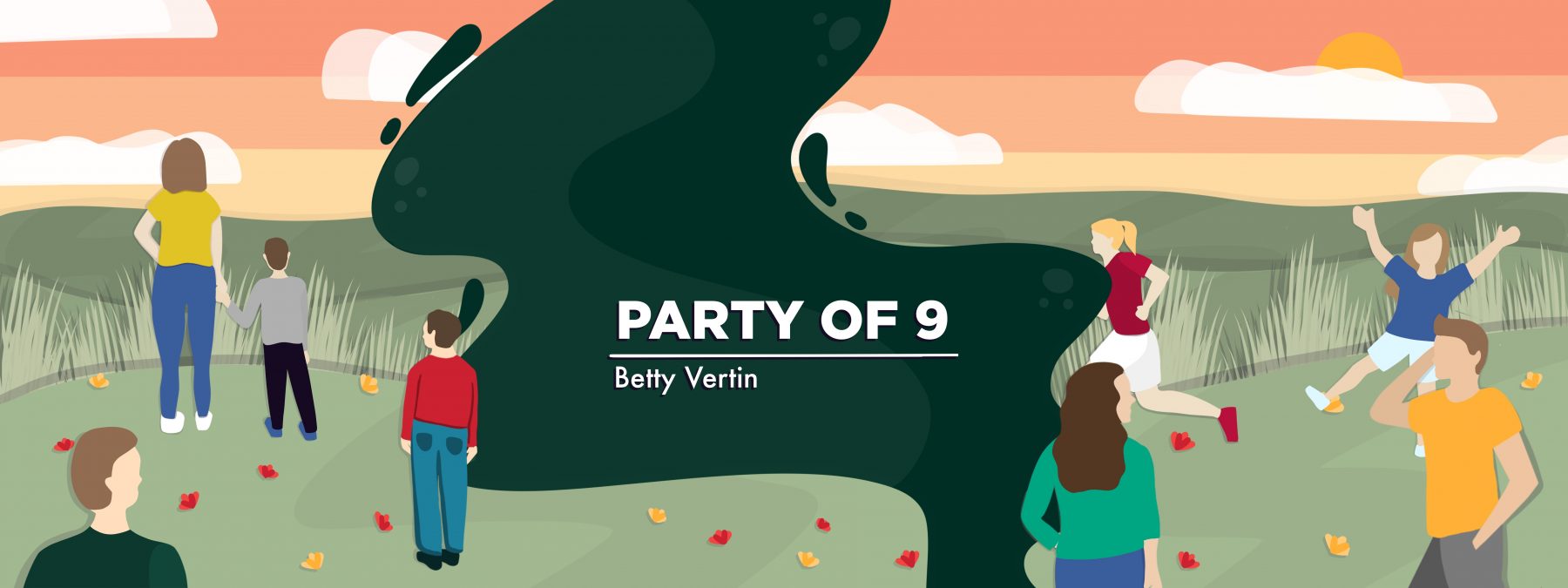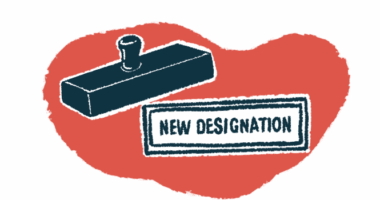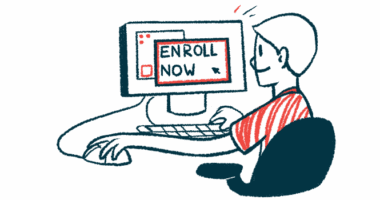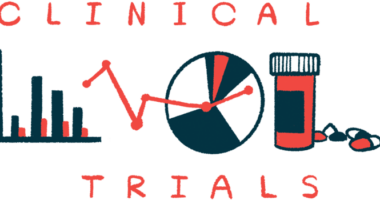I’m giving everything I have for Duchenne MD — in my own way
I'm not Wonder Woman, or a super-advocate, but I have a story to tell

We are on the brink of November, and it’s beginning to turn cold here in Nebraska. My husband and I are debating whether we should turn the heat on. I say yes. He says no. Each morning before school is a frenzy as we search for jackets our children can’t remember where they put.
My husband and I share seven children: Lexi, 24; Max, 19; Chance, 18; Rowen, 16; Charlie, 14; Mary, 11; and Callie, 3; and our family life right now matches that morning frenzy. Max, Rowen, and Charlie live with Duchenne muscular dystrophy (DMD), and we have had several medical appointments in the past few weeks even as we’ve been working on a number of advocacy projects for the DMD community.
We took our sons with DMD to the Children’s Hospital of Colorado in Denver two weeks ago. It was a quick but good visit — we arrived the night before and drove home the next day. I had been a little worried about the boys’ lung function, but my sons are stable and doing better than I could have hoped for at their age with an incurable progressive disease.
The day after we arrived back home, I started working on some home improvement projects. I refurbished an old buffet and made it an entertainment center, painted the dining room, and painted Rowen and Charlie’s room.
I’m not crazy, but I’m not Wonder Woman either. Yes, I should have been relaxing after a full two days of travel and appointments, but we were expecting a video crew at our home in a few days, and I was desperate to have the house looking nice.
The video crew came on behalf of the pharmaceutical company responsible for the clinical trial my sons participate in. My family was giving our testimony, sharing our belief that the treatment is working. The production crew will create a video that can be shared across social media platforms to reach those who can influence a decision by the U.S. Food and Drug Administration.
What advocacy looks like to me
That same week, I was working on a special writing assignment about how we told our sons they were living with a rare disease. I’ve also been working with a writer who will create a children’s book about Duchenne to share in schools and other places, to help the world learn more about the condition.
Not all the projects are finished, but once I reached a point where we could pause, I was exhausted. Aside from the home improvement projects, nothing had been physically demanding, and I didn’t think the level of tiredness I was experiencing was warranted.
But I realize now that sharing my heart, my family, and our story takes a lot out of me. When I am open and vulnerable, sharing every part of our story through words, photos, and videos, I am giving all I have.
This is how advocacy looks when I do it. I remember when my sons were young, I would see these amazing moms, whose sons — just like mine — had Duchenne. They were going to Washington, D.C., speaking in front of large crowds, fighting, and doing whatever it took to save them.
I was in awe of those women, but I was convinced I would never be able to do what they were doing. But that was before I discovered advocacy is not just one thing; it doesn’t look just one way. Advocacy can be whatever you have to give that can help change the story you are living.
I don’t have the time to travel, attend meetings, or give testimonies. I have a large family, and I am a caregiver to my three sons. We are not wealthy and cannot always afford to travel. But I have a story to tell. I have a beautiful family working together to navigate a life we never expected. My advocacy involves sharing my family’s story. It’s giving everything I have to fight for something better for Max, Rowen, and Charlie.
Note: Muscular Dystrophy News Today is strictly a news and information website about the disease. It does not provide medical advice, diagnosis, or treatment. This content is not intended to be a substitute for professional medical advice, diagnosis, or treatment. Always seek the advice of your physician or another qualified health provider with any questions you may have regarding a medical condition. Never disregard professional medical advice or delay in seeking it because of something you have read on this website. The opinions expressed in this column are not those of Muscular Dystrophy News Today or its parent company, Bionews, and are intended to spark discussion about issues pertaining to muscular dystrophy.








David Wright
Such a story, amazing!